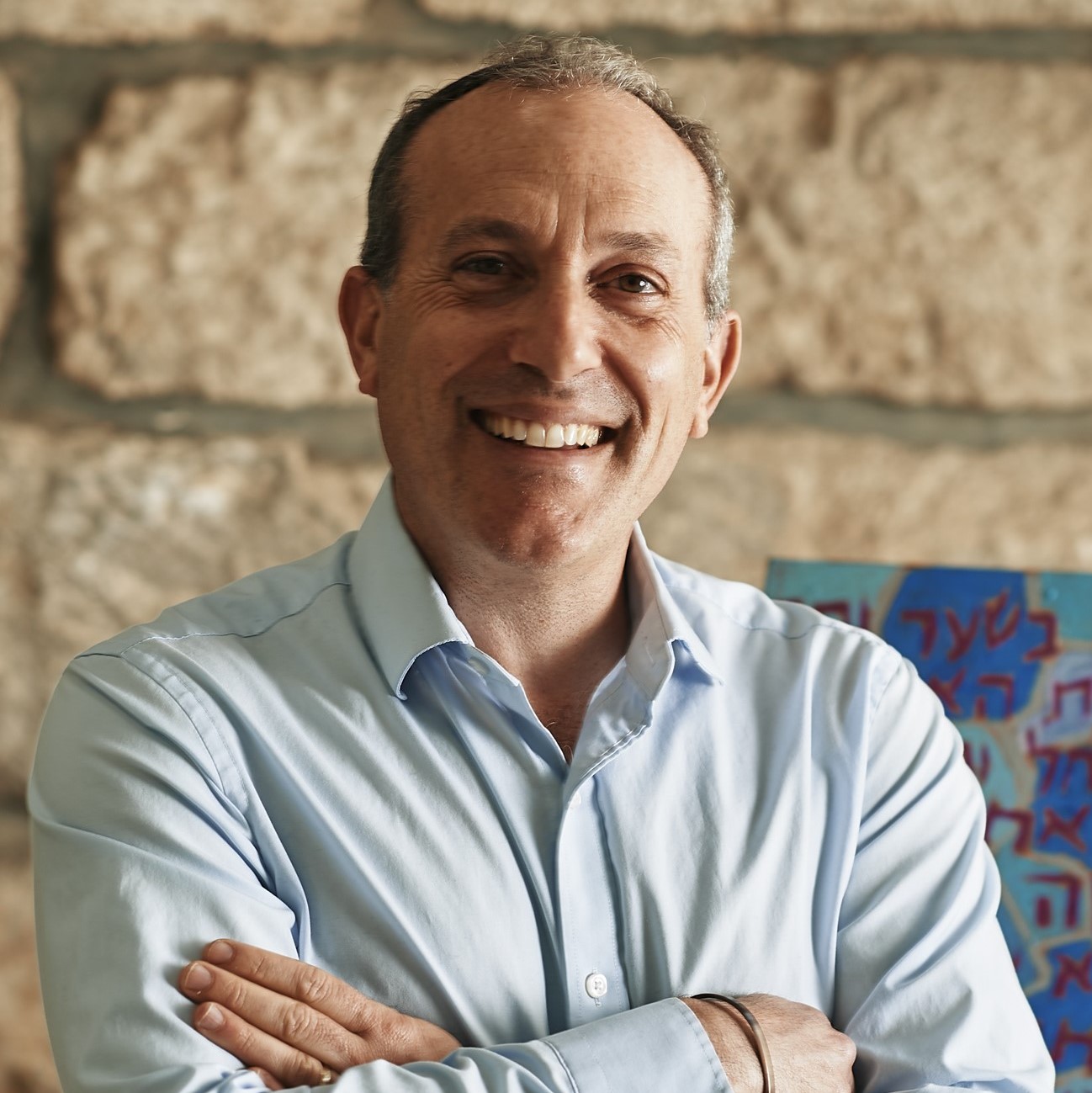A Bridge Between Heaven and Earth

Fertility of humans and of the land is the essence of divine blessing. It is the theme of the first commandment of Torah – to be fruitful and multiply – the sacred wish of each ancestral pair in their desire to see the next generation, and the divine promise for the loyal observance of mitzvot. Parashat B’hukkotai opens in this vein, with a condition and the promise of God’s blessing. The two opening verses of ourparashah speak of the harmony between heaven and earth, the bridges between the two, and the necessity for each of us to view ourselves as a sacred link.
Leviticus 26:3-4 teaches, “If you follow My ordinances, observe My commandments and do them, then I will give rain at their proper season and the land will give its produce and the tree will yield its fruit.” As one reads these verses, one is struck by the harmony of its content and the symmetry of its language. Note well that observance of the mitzvot is connected to the well being of not only ourselves but also the Land of Israel. Our environment responds to our spiritual behavior. If our spiritual lives are lived in accordance with the essence of Torah – according to the order of Torah – then the natural environment will reflect that same sense of order.
Even more striking is the spatial description in each verse connecting heaven and earth. Rashi, the great medieval commentator, points out a possible difficulty in the first verse: you might think that the verse in its entirety is speaking of the observance of mitzvot, but when it states, “im b’hukotai telekhu” (If you follow My ordinances.) Torah wishes to send the message, “she teyu amelim ba-Torah” – that you shall be immersed in Torah. Accordingly, in the first verse, we have references to Torah, Divine Revelation, to the Commandments (human), and to action, or movement from God to humans connected by the doing. Action becomes the bridge between God and man. Similarly, we find this harmonious structure in the second verse, the rains from the heavens, the land, and the trees of the field. Again, think spatially, the rains from heavens, the produce sprouting from the land, and the tree that connects heaven and earth.
Just as action is the bridge between Torah and mitzvot, and the tree is the bridge between heaven and earth, so, too, does man represent a link between heaven and earth. In so many verses throughout Tanakh, human being is compared to a tree. Even in the haftarah of B’hukkotai, from the prophet Jeremiah, “barukh hagever asher yivtakh b’Adonai v’hayah Adonai mivtakho v’hayah k’etz shatul al mayim” Blessed is the one who trusts in God, whose trust is the Lord alone, he shall be as a tree planted by the waters.” So what do we have in common with a tree? A tree derives its energy from a distant source, it needs water from heaven and earth, it needs nutrients, and it aspires heavenward. So, too, do we. We derive our lives from God, we need the water of Torah, we need nourishment, and we aspire heavenward.
May each of us become a bridge between heaven and earth. May we learn Torah and mitzvot, and follow them; and may we continually reap the earth’s bounty. May we always be “k’etz shatul al mayim, ” a tree nourished by bountiful waters.
The publication and distribution of “ATaste of Torah” commentary have been made possible by a generous gift from Sam and Marilee Susi.



